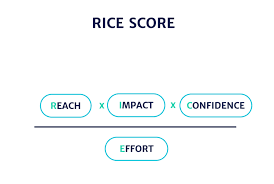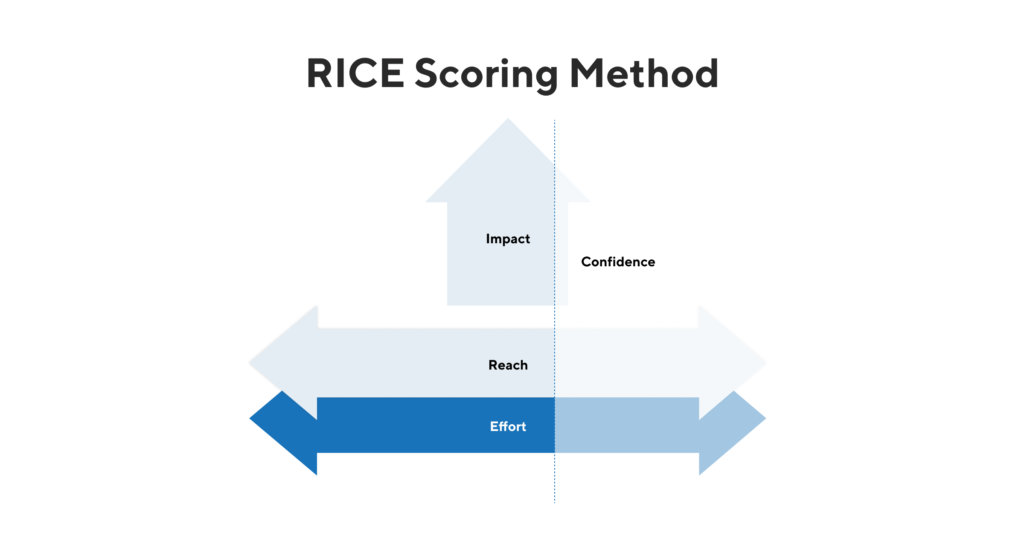The RICE Scoring Model
The RICE Scoring Model is used for prioritizing projects or decisions.
Moises Romero
What Is The RICE Scoring Model?
The RICE s is a simple technique used to scoring Model prioritize projects or decisions. It stands for:
- R - Reach: This refers to the number of people who will be impacted by the decision or project.
- I - Impact: This considers the severity or importance of the effect the decision or project will have.
- C - Confidence: This estimates the level of effort, time, and resources required to implement the decision or project. It's essentially your level of certainty about the outcome.
- E - Effort: This represents the urgency or importance of the decision or project compared to others.
Why Do The RICE Scoring Model?
Simplicity: Easy to understand and apply, even for those without extensive decision-making experience.
Transparency: The scoring and comparison process is clear, promoting communication and understanding of prioritization choices.
Flexibility: Adaptable to different situations by adjusting the relative importance of each criterion.
How to do The RICE Scoring Model?
Step 1: Define Your Projects or Decisions
- List all the projects or decisions you need to prioritize. Be clear and concise in describing each option.
Step 2: Establish Scoring Criteria
- Decide on a scoring system for each of the RICE factors (Reach, Impact, Confidence, and Effort). This can be a simple scale like 1-5 (low to high) or a more nuanced system with decimals.
- Clearly define what each score on the scale represents for each criterion. For example, a score of "5" for Reach might represent impacting thousands of people, while a score of "1" might represent impacting a small team.
Step 3: Assign Scores
- Work through each project or decision on your list and assign a score for each RICE factor.
- Discuss and agree on the scores as a team if possible, considering different perspectives.
Step 4: Calculate RICE Scores
- Once you have assigned individual scores for Reach, Impact, Confidence, and Effort, multiply these scores together for each project or decision. This will give you a total RICE score.
Step 5: Compare and Prioritize
- Compare the total RICE scores for all your projects or decisions.
- Generally, projects or decisions with higher RICE scores are considered more important and should be prioritized higher.
Look at The RICE Scoring Model
Links we love
Check out these great links which can help you dive a little deeper into running the The RICE Scoring Model practice with your team, customers or stakeholders.

